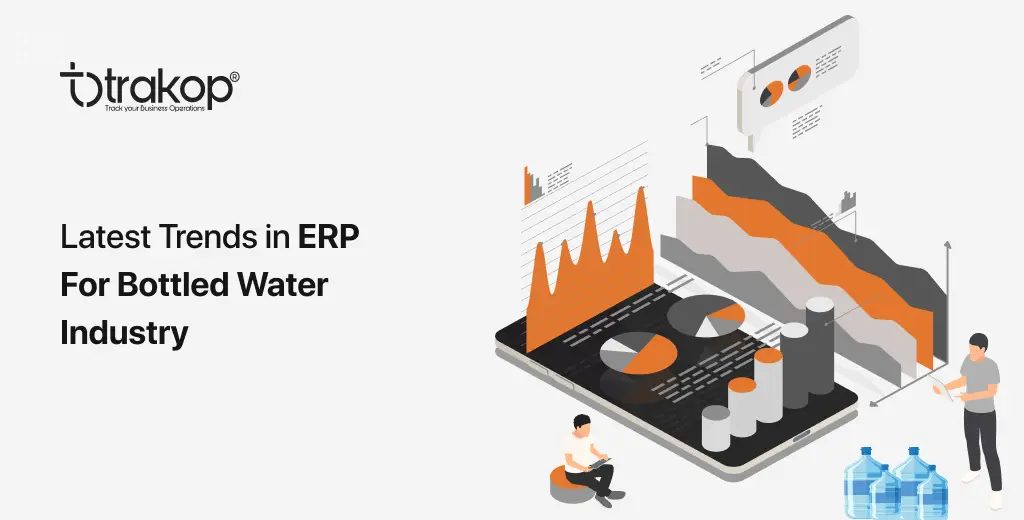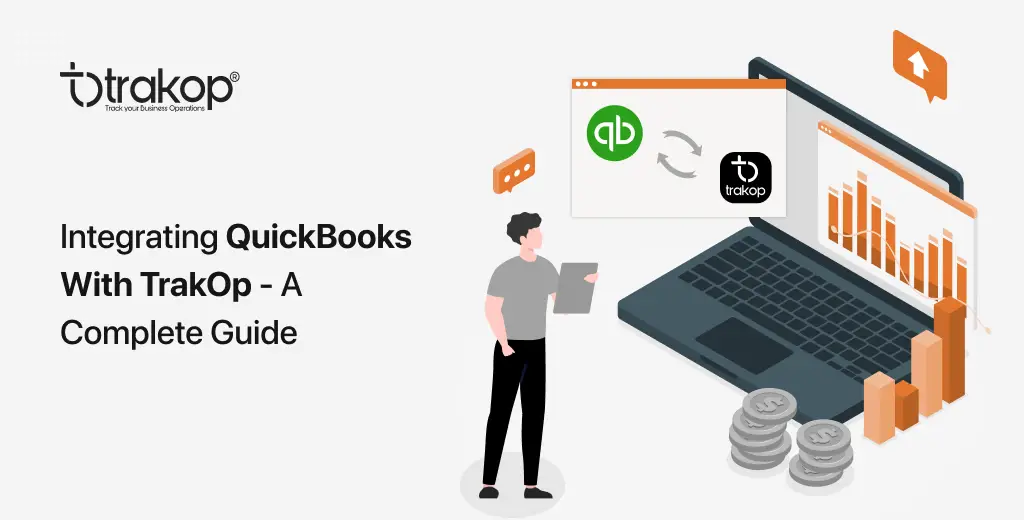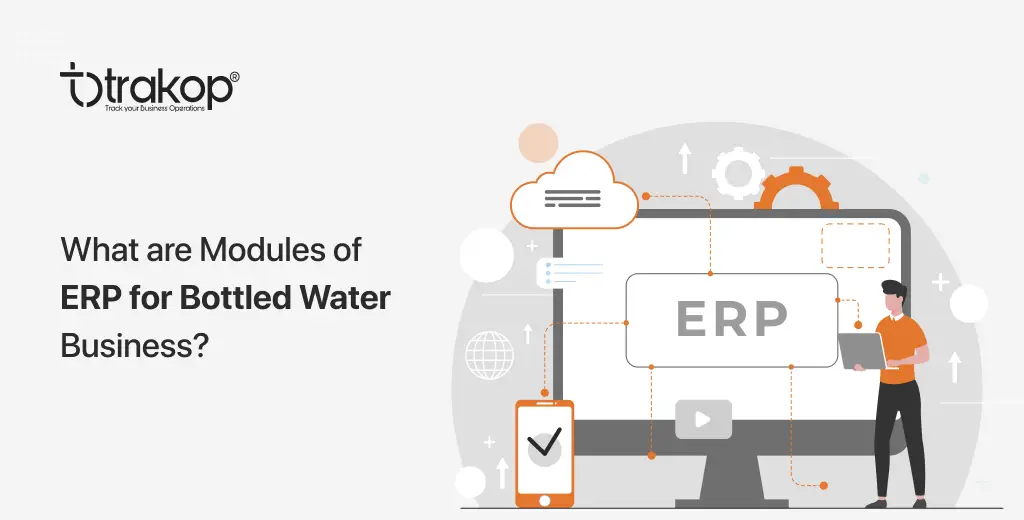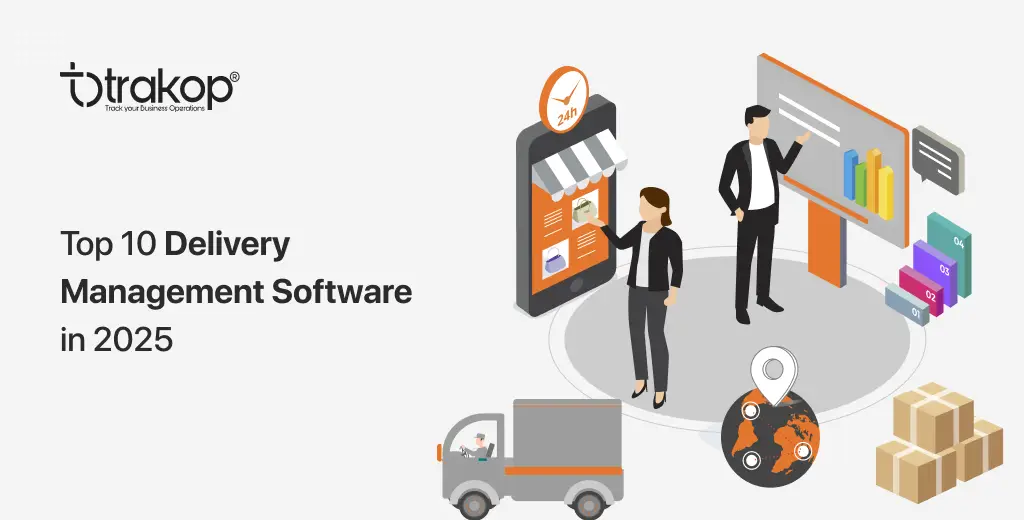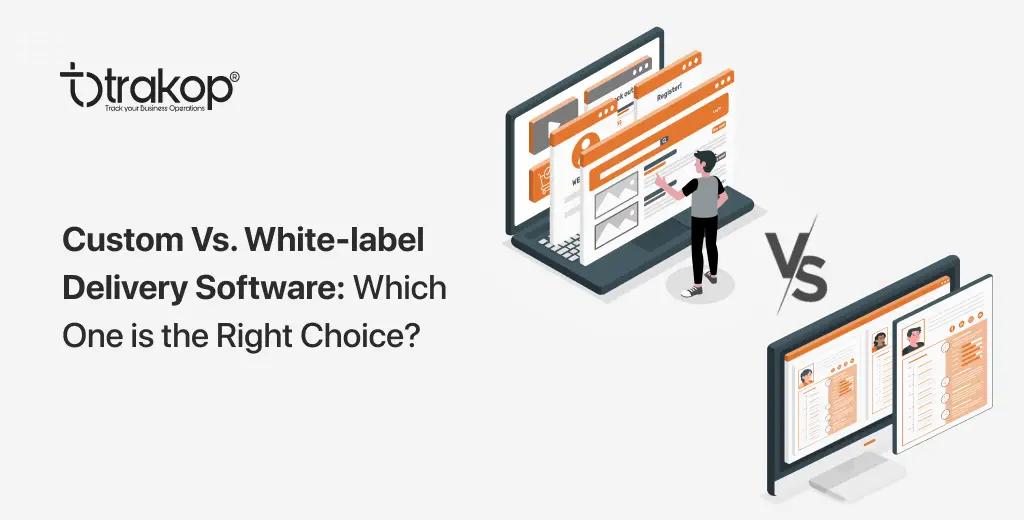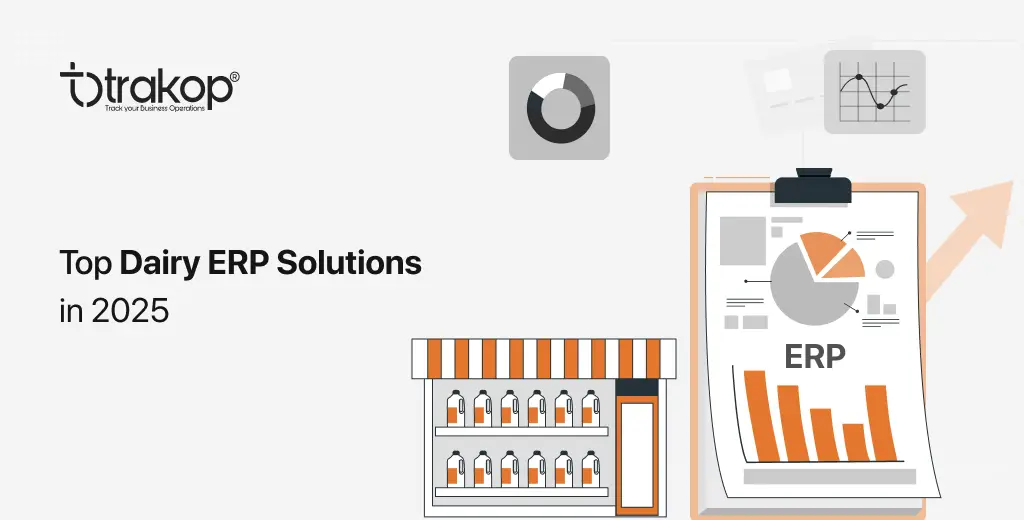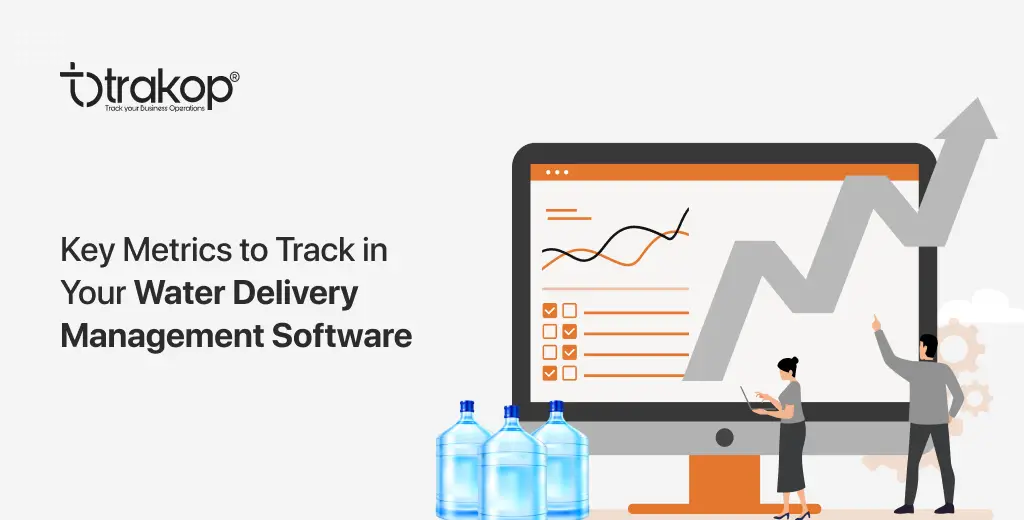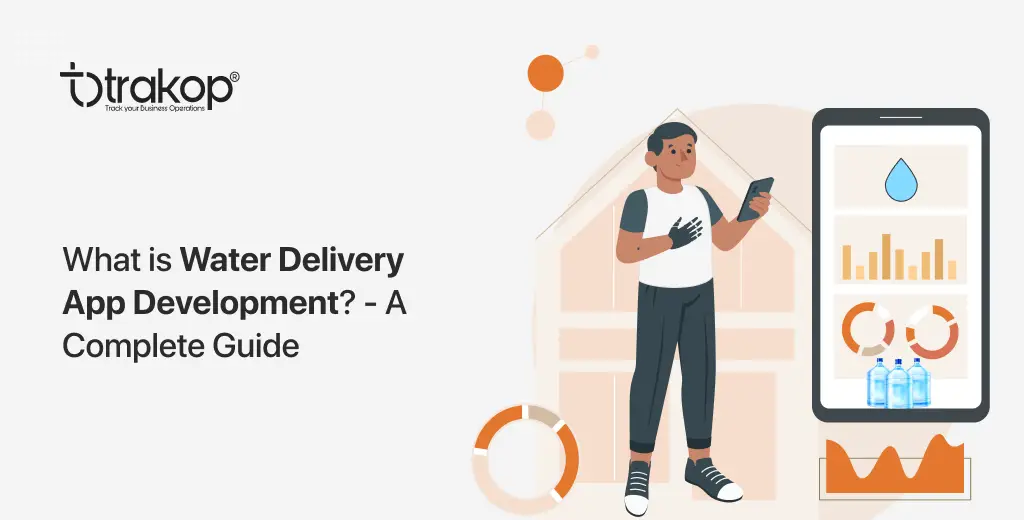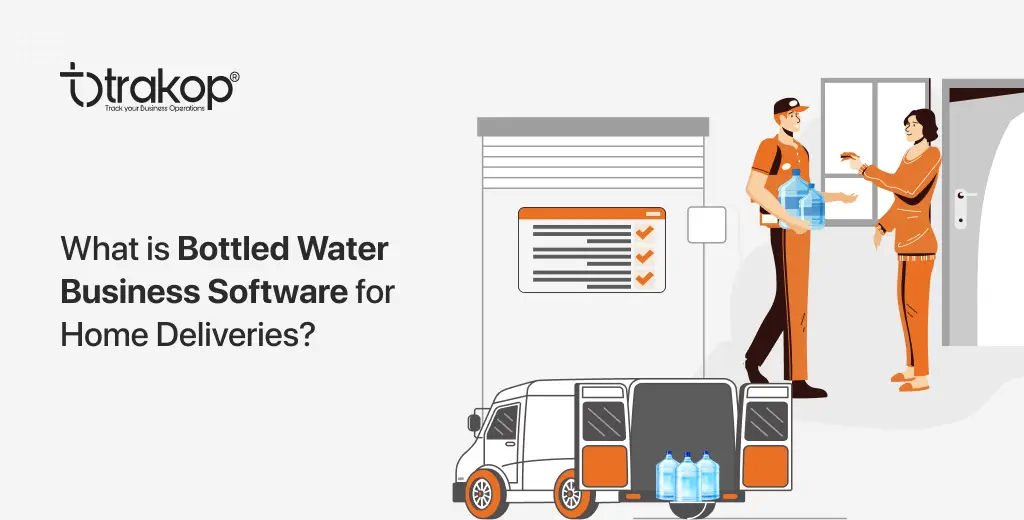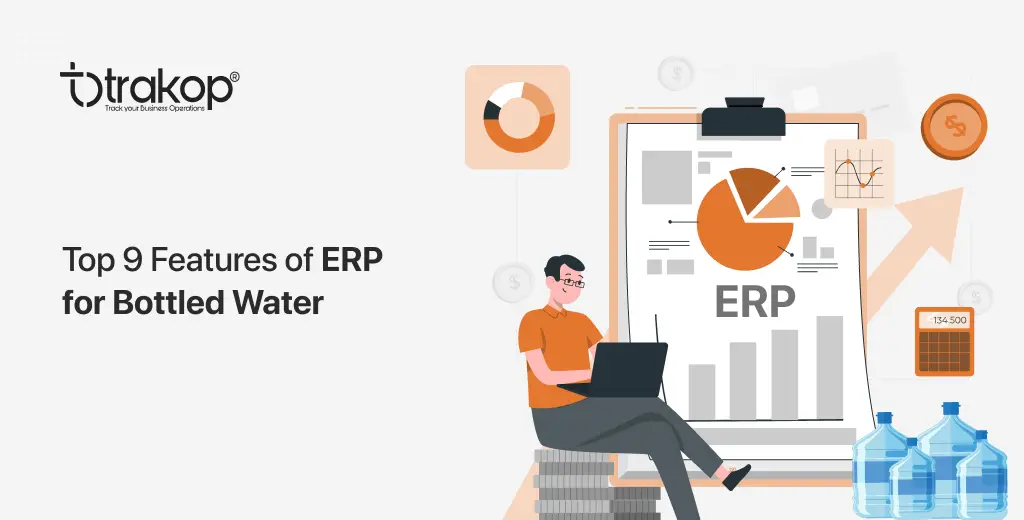Rapid Delivery vs Scheduled Delivery – What’s the difference?
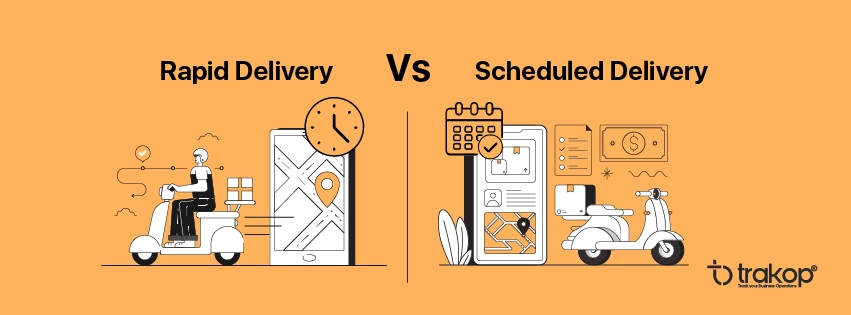
Last-mile delivery is the last step in the order fulfilment process, and with changing consumer behavior, last-mile delivery as well has undergone drastic changes. Delivery trends are changing mainly in the grocery delivery business with delivery scheduling software.
In this blog, we’ll discuss two common trending types of delivery models- Rapid delivery and Scheduled delivery.
What is Rapid Delivery?
Rapid delivery is referred to as ASAP delivery fulfilment once the order is placed. Fast deliveries are the distinguished nature of rapid delivery. 10-15 minute deliveries are considered to be rapid. For example, Gopuff, a food and grocery delivery company, promises delivery within 10 minutes of order confirmation.
How does it work?
Convenience and zero shipping charges are the main reasons for customers to shop online. In rapid delivery, companies use dark stores or silos that are located in the local area of service to handle all delivery requirements. Being nearer in distance allows them to fulfil the order within 10 minutes. However, in the quest to fulfil orders in 10 minutes, the number of rounds a delivery person makes to deliver the order in the same area has increased which has resulted in increased delivery costs.
Challenges in Rapid Delivery
The most common challenges faced in on-demand deliveries are real-time product visibility, short fulfilment lead times, and flexible last-mile delivery, which have to be overcome while bringing costs down to a level that consumers are willing to pay for.
Customers’ demand for fast and free deliveries created a 10-minute delivery model, which turned into a big failure, especially for startups. Only big players like GoPuff are able to survive on the market.
However, GoPuff has been facing delivery driver issues and has asked Doorbash and Uber, his competitors, for help. GoPuff has also reported laying off about 2% of its staff, the third major round of job cuts.
What is Scheduled Delivery?
A scheduled delivery model is where customers can pick a date and time of delivery among the schedules pre-defined by the business and gives customers the flexibility to choose the time of delivery as per their availability.
Customers get an accurate delivery time window that allows them to focus on other daily tasks instead of waiting for the order the entire day. Businesses use delivery scheduling software to enable scheduled deliveries for their drivers.
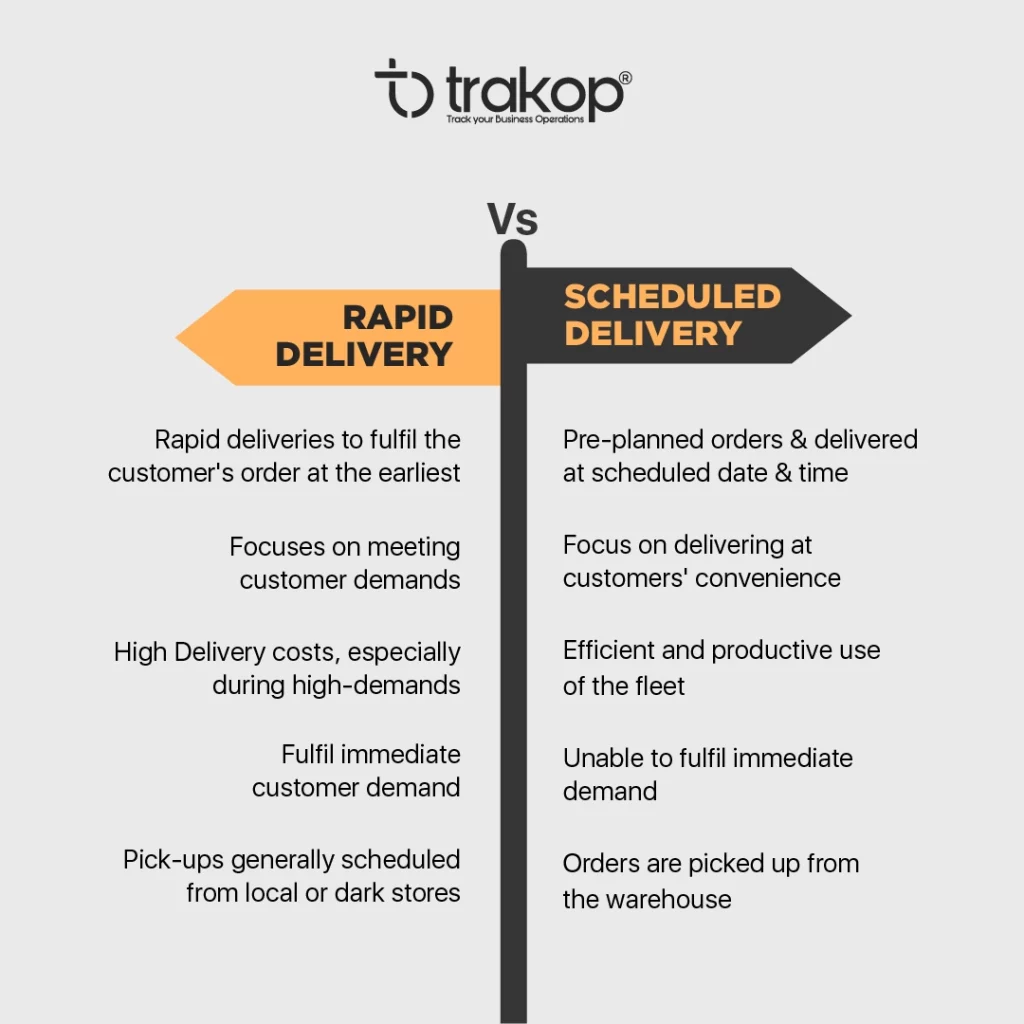
How does Scheduled Delivery Work?
Scheduled delivery is one of the efficient delivery models; however, there are also some challenges and risks that can negatively affect delivery and customer service. Some of the issues faced in scheduled delivery are- the lack of flexibility in schedules, delayed deliveries, defining schedule timings, coordination, and processing of the order if the number of a defined number of schedules is high.
Efficiency challenges in on-demand delivery have forced many businesses to shift to the scheduled delivery model. Many businesses like Instamart have already started offering free scheduled delivery and chargeable 10-minute delivery. There is no way to predict future customer demand, but businesses need to focus on meeting current customer demand without compromising their efficiency. If you are interested in knowing more about scheduled delivery and how our software can help in overcoming the challenges of rapid delivery, book a consultation with our industry experts.
Hope You Enjoyed the Read!

He loves to explore. His passion for helping delivery industries in all aspects flows through in the vision he has. In addition to providing smart solution to make delivery process flawless, Ravi also likes to write sometimes to make it easier for people from business industry looking for digital solutions.
